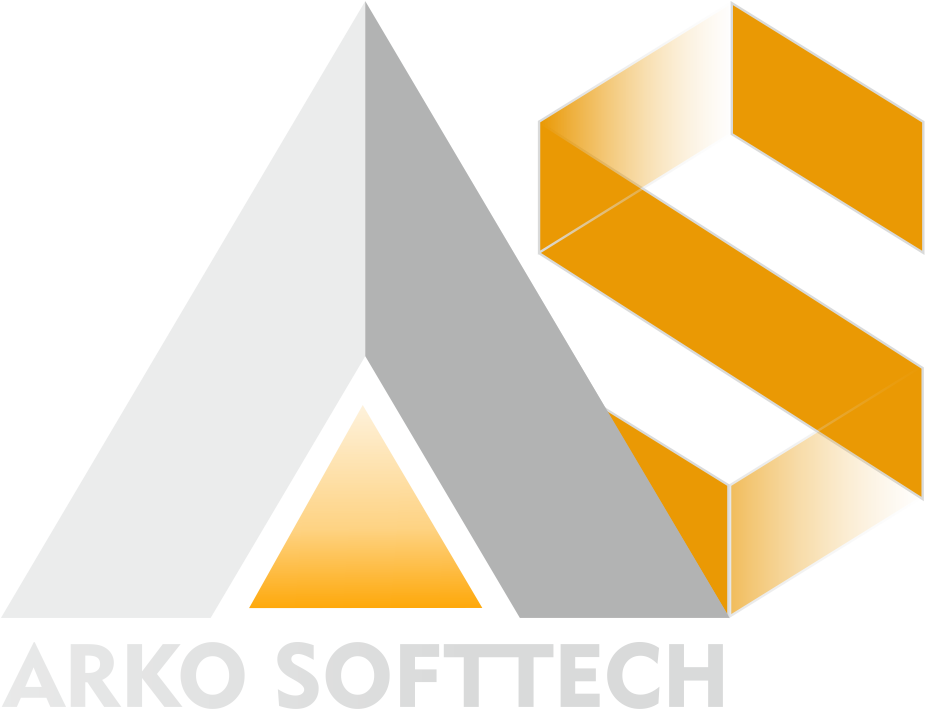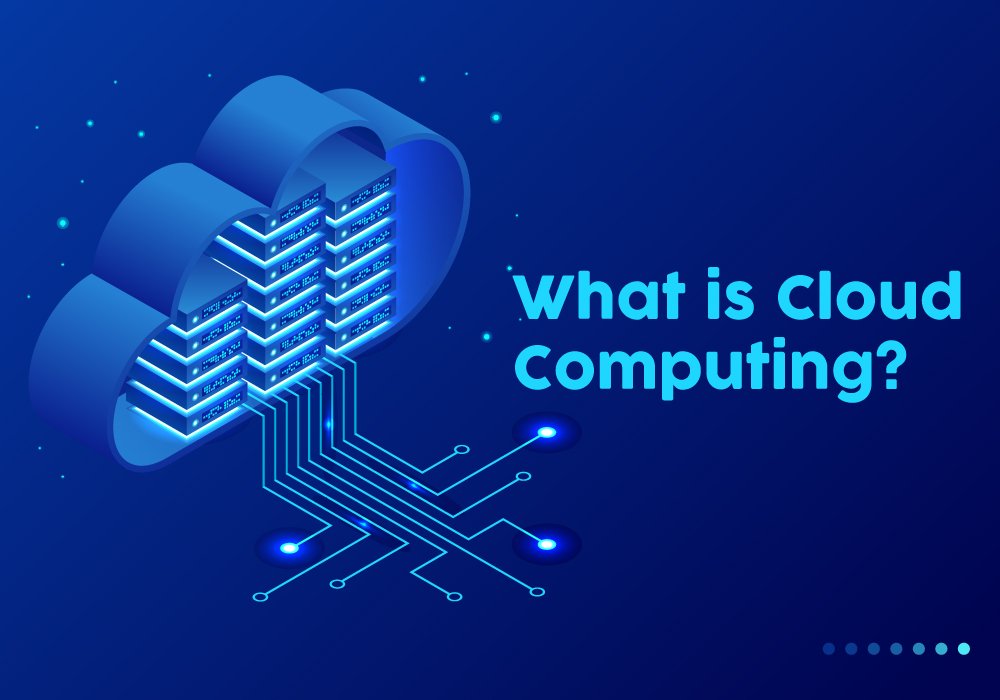Cloud computing is the delivery of computing services—such as servers, storage, databases, networking, software, analytics, and AI—over the internet (“the cloud”) instead of relying on local computers or physical servers.
In simple terms: instead of buying and maintaining your own hardware and software, you rent these resources from a cloud provider (like AWS, Microsoft Azure, or Google Cloud) and pay only for what you use.
🔑 Key Characteristics
-
On-demand self-service – You can access resources anytime without human interaction from the provider.
-
Broad network access – Services are available over the internet from anywhere.
-
Resource pooling – Computing resources are shared among multiple customers (multi-tenancy).
-
Rapid elasticity – Scale resources up or down as needed.
-
Measured service – Pay-as-you-go pricing model.
📦 Service Models
-
IaaS (Infrastructure as a Service) – Provides virtualized computing resources (e.g., AWS EC2, Azure VMs).
-
PaaS (Platform as a Service) – Provides a platform for developers to build apps without managing infrastructure (e.g., Google App Engine, Heroku).
-
SaaS (Software as a Service) – Ready-to-use software delivered over the internet (e.g., Gmail, Dropbox, Salesforce).
☁️ Deployment Models
-
Public Cloud – Services offered over the public internet (e.g., AWS, Azure).
-
Private Cloud – Cloud infrastructure dedicated to a single organization.
-
Hybrid Cloud – Combination of public and private clouds for flexibility.
-
Multi-cloud – Using multiple cloud providers together.
✅ Benefits
-
Cost savings (no need for expensive hardware).
-
Flexibility and scalability.
-
High availability and disaster recovery.
-
Access from anywhere.

